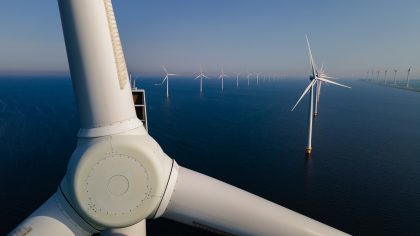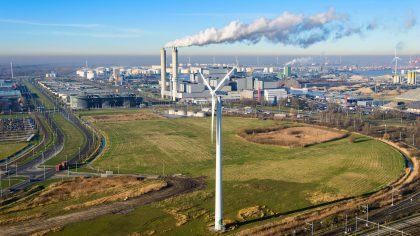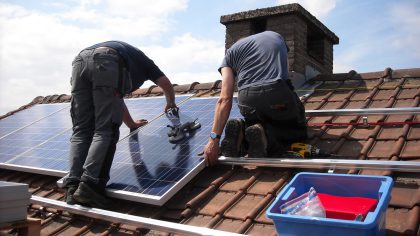Manure input is assumed to consist of a mixture of pig manure and cattle manure, with a mix of slurry and thick fractions in a ratio of 80/20. This means that the average biogas is slightly below 30 m3 biogas per tonne manure.
In the digester, anaerobic micro-organisms break down manure into intermediate substrates and methanogens turn them into biogas. Biogas is a blend of methane (50–75% CH4) and carbon dioxide (25-50% CO2) with some trace amounts of ammonia (NH3), hydrogen sulphide (H2S), and water.
Digestate is often separated into a thick and thin fraction. The thick fraction can then be hygienized to make it safe for use or export as a fertilizer. The hygienisation prior to export is mandatory. During hygienisation, the digestate is kept at a temperature of at least 70°C for one hour. The thin aqueous fraction can be further purified to a concentrated fraction and water.
All information in the datasheets is also available in ESDL (Energy System Description Language). You can find them in the Energy Data Repository (EDR).


